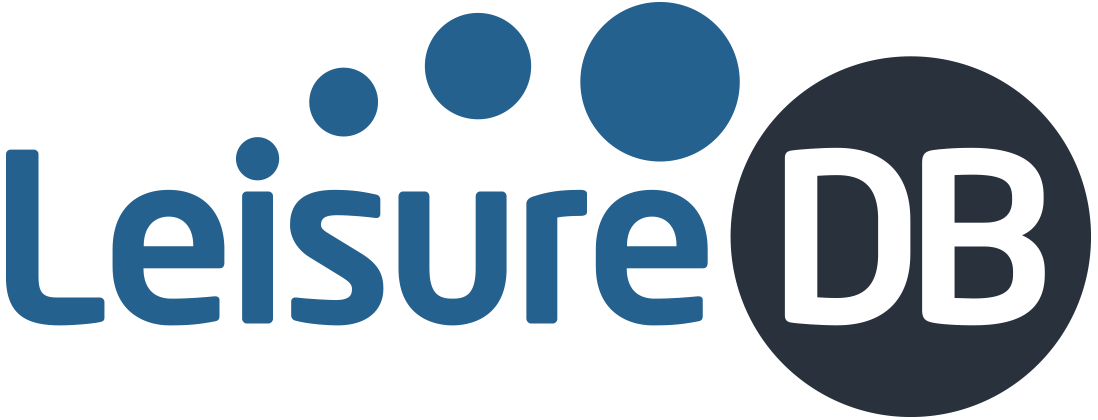First we shape our industry and afterwards our industry shapes us.
This aphorism is perhaps the least quoted exposition of the relationship between people and their fitness (and health). In a year when we should be celebrating, I want to question, as a critical friend, why we're not achieving more.
First the good news. The industry has shown itself to be recession proof and is back in positive headline growth, year on year. This year’s State of the Fitness Industry Report infographics are excellent at showing trends over longer periods, something industry veterans and financiers are finding reassuring. The penetration rate across the total population, has grown to 13.7% as monthly direct debits hit 8.8 million, up from 13.2% and 8.3 million.
I put this up front because it recently came to my notice via social media that too many people working in the industry do not know the size of the industry they work in. The day to day isolation that many people suffer whilst working in what should be a very social environment needs to be addressed and we’re looking to present more ‘real-time’ data on our website in 2016.
So back to the good news. The total number of fitness sites stands at 6,312, up from 6,112 and the market value has grown to £4.3bn almost £1bn growth since 2007.
Across the private sector, low-cost sites have continued to drive growth. There are now 319 low-cost clubs, up from 257. Membership has jumped to 1.3 million with a market value of £290m. Last year members were paying on average £17.99 and this year it has increased to £18.23, an indication that more low-cost are bordering on the £20 per month definition. If we keep this definition then some low cost brands are either finding the model isn’t working on all sites, or find the strength of the market means they no longer need to be constrained by price. Some brands are moving not only into the £20 plus but £30 plus brackets, particularly in London. So low-cost brands are moving into the very mid-market they were once attacking.
The public sector, meanwhile, is playing a far more long term game, gaining strength and are embedding itself into the local community. Public sites have a wider range of facilities and maintain over 3.3 million members paying an average fee of £30, unchanged since last year. Back in 2011 the public sector opened 81 all-new gyms but although refurbishments have grown new openings have dropped year on year till 2015 brought just 46. However these sites on average have 58 stations and are charging £31.25 both higher than the all public site average. This average is being pushed up by the work of the larger public site operators. GLL and their Better brand is now the largest fitness brand in the country with 126 sites, SLM’s Everyone Active, has 79 and Places for People Leisure have 78 sites. GLL manage 38 more gyms than twelve months ago and is also the largest swim and diving school operator.
Our personal preferences can become personal insight based on information in the public domain yet few public or private brands are taking advantage to engage in meaningful conversations, present real-time information and convert interest into commerce or visits. For the first time in the report we have included a Fitness Social Media Index looking at brands on Facebook, Twitter, Instagram and YouTube. The results do not make for good reading; four out of the top ten private brands and nine out of the top ten public brands do not use Instagram. Compare this to the ‘active wear’ brands that have taken fitness beyond the gym to become a lifestyle. Nike, Adidas, Vans, Converse, Puma, Under Armour and New Balance have all seen between 252% and 144% growth rates in their Instagram followers, unprecedented in other forms of social media. Are fitness brands neglecting a highly engaged and superior indexing platform?
Could the lack of social media strategies, along with a lack of innovation and differentiation, be the downfall of the industry in 2016? Weight Watchers is a good example of how quickly new technology can destroy the value of a business. In 2015 its stock dropped 92% from its all time high, membership is down 38% and the number of meetings has fallen by 20%. Dieting tools have gone high tech and the weight watchers weekly meetings and weigh-ins have been replaced by on-demand conversation and support.
Husband and wife bloggers Daniel and Kelli on Fitness Blender have over 18 million followers and like Wikipedia rely on donations. In the UK Body.Network, promoted by The Times and fronted by well known personal trainer Matt Roberts provides an on-demand library of videos with your favourite trainer for £15 per month. Around twenty new aggregators, high tech start-ups from UK, India, Israel and USA are working around the lack of APIs (an abbreviation for application program interface) to go direct to the consumer. These aggregators will have a conversation with the consumer, will provide a personal service and will create an experience for them. Does the fitness industry do all three and do it well?
Some new technology attracts criticism for undercutting the industry but like Uber and Airbnb the power and choice lies with the consumer. Will aggregators, bloggers, unboxing celebrities, on-demand channels, trackers, wearables and an app for everything win over the consumer and impact traditional platforms and websites? It’s only a matter of time …… so embrace new technology and help shape our industry in 2016.
David Minton, Director, LeisureDB, November 2015

